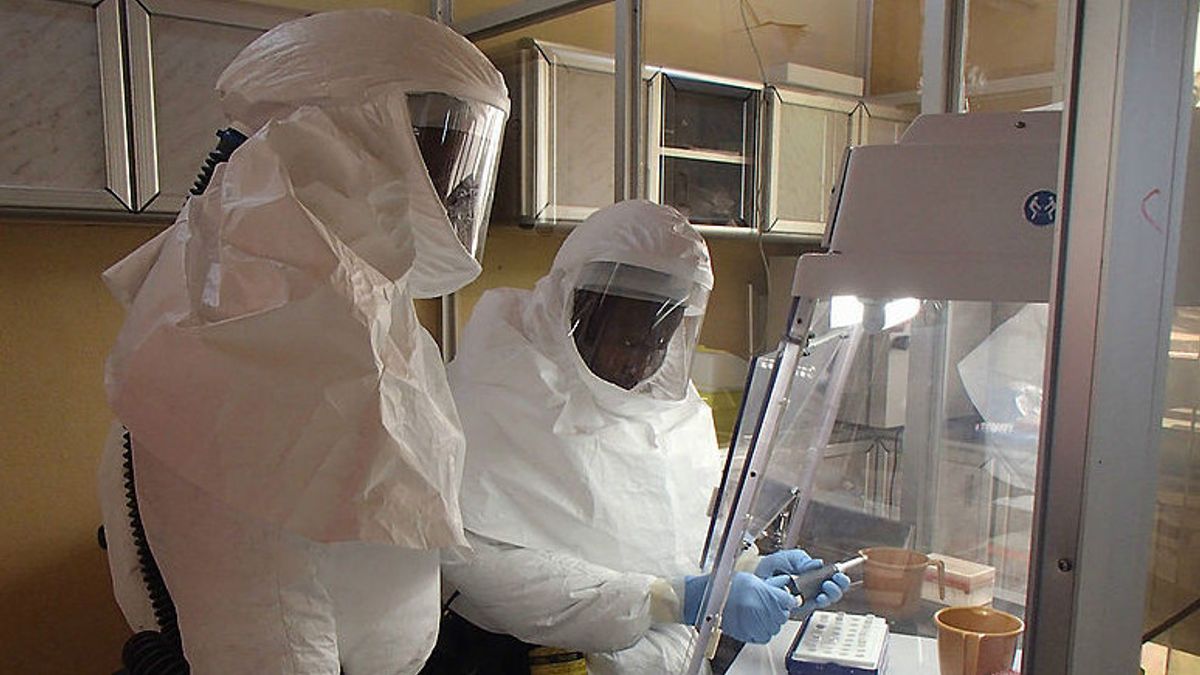JAKARTA - On June 27, 1976, a guard at the Nzara Cotton Manufacturing Factory, Sudan, felt that he was not healthy or sick. He also decided to take a break to recover from the illness he was suffering from.
But five days later, he passed away. The death of this factory guard is known to be due to the Ebola virus. From this it is known that the beginning of the Ebola virus epidemic began to enter the country of Sudan. By the time the epidemic ended, 284 cases of Ebola were reported, with half of the victims having died.
Launching History, June 27, after the factory keeper died, the second person in town died on July 6. The brother of the second person also experienced a similar complaint, but managed to recover. The brother's co-worker then went to the hospital on July 12 with Ebola symptoms and died two days later.
The wife of the co-worker died five days after that. A week later, their neighbor died. After that, 48 Ebola cases occurred in that area alone and 27 of them died.
Symptoms of a fever from Ebola generally start about four to 15 days after a person is exposed to the virus. The first average victim will feel flu symptoms, such as high fever, illness and fatigue. Usually these symptoms are also accompanied by diarrhea, vomiting and the appearance of a rash all over the body.
Then the person bleeds from all the holes in his body. This indicates the damage to internal organs begins. Within seven to 10 days, fatigue, dehydration, and other severe symptoms occur.
Given this pattern of infection and the fact that hospital workers are also starting to develop Ebola symptoms, doctors are aware that transmission of the virus is through close contact. Thirty-three of the 61 nurses at Maridi Hospital in southern Sudan died from Ebola.
The World Health Organization (WHO) finally arrived in October and is helping to contain the epidemic. After knowing how to suppress transmission by isolating sufferers, the epidemic ended almost as quickly as it emerged. But this is not the last outbreak. In the following years, Sudan was still at war with Ebola.
One of them was on August 2, 1979, a 45-year-old man was hospitalized in Nzara, Sudan, due to a fever that had lasted for three days and was accompanied by diarrhea and vomiting. While in the hospital, he bled and died on August 5. The hospital at that time still had poor medical equipment and hospital staff did not take isolation measures.
The district was then quarantined and placed under the supervision of the local government in early September. After two hospital nurses died, the WHO dispatched a team on September 22 to deal with the outbreak.
During this outbreak, 34 people were infected with a case fatality rate of 65%. Each case had a direct connection with a person working at the Nzara Cotton Manufacturing Factory, which was also the source of the first outbreak in 1976.
Until now, Africa is still fighting against Ebola. In 2014-2015, West Africa faced an Ebola outbreak and most of the transmission was between family members. The outbreak also shows that direct contact with the bodies of people who have died from Ebola is proving to be one of the most dangerous methods of transmission. Therefore, the health authorities decided to change the procedure for mourning and burial events.
The English, Chinese, Japanese, Arabic, and French versions are automatically generated by the AI. So there may still be inaccuracies in translating, please always see Indonesian as our main language. (system supported by DigitalSiber.id)













